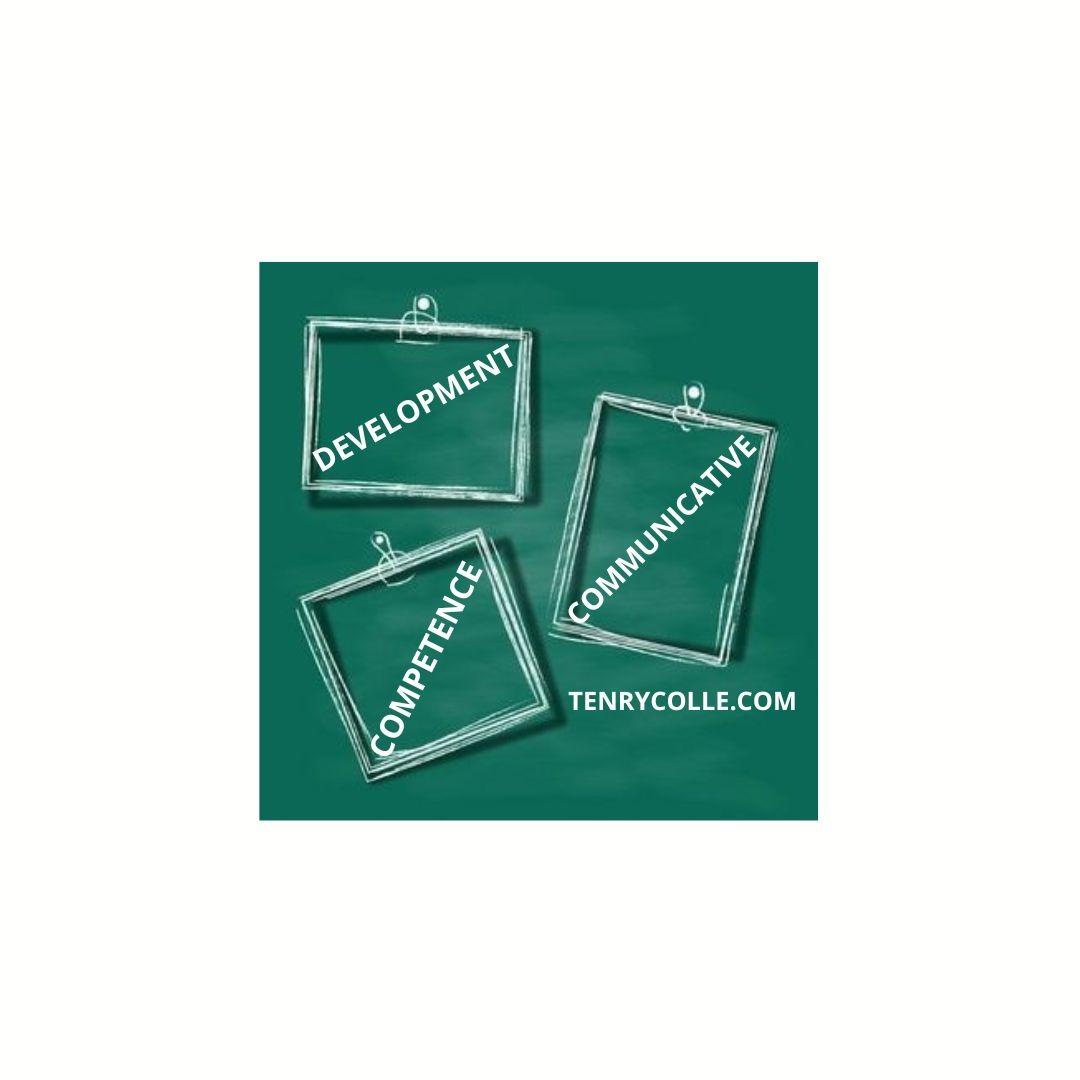Tenrycolle.com
What better to do than, share your English knowledge with other people
Tenrycolle.com
What better to do than, share your English knowledge with other people
What better to do than, share your English knowledge with other people
What better to do than, share your English knowledge with other people

Fiske (1990, p.2) explained, “Communication is social interaction through messages.” He implies that communication is more than just transmitting a message from sender to receiver; it is also about producing and exchanging or rendering meaning. It is supported by De Vito (1986, p.61), who states, “Communication is the process or act of transmitting a message from the sender to receiver through a channel and with the inference of noise.”
The fundamental principles of communication are divided into two categories: written and spoken communication. Written communication can be letters, messages, e-mails, chats, etc. In contrast, spoken communication occurs in face-to-face situations such as speeches, debates, teaching and learning processes, lectures, etc. The exchange and production of the message occur in these two communications.
Chomsky (1957, 1965) first proposed the term Communicative Competence, which focuses on linguistic competence. Furthermore, when it comes to the interpretation of communicative competence, we will be dealing with theories developed by several linguists, including Hymes (1972, 1983), Canale and Swain’s Model (1980), Canale (1983), and Celce-Murcia (1995, 2007).
According to Hymes (1972), communicative competence is divided into four categories: knowledge of what is possible, feasible, appropriate, and done. In short, according to Hymes’ model of communicative competence, communication entails not only the concept of grammaticality but also the concept of appropriateness.
Canale and Swain (1980) present four components of communicative competence: grammatical competence, sociolinguistic competence, discourse competence, and strategic competence.
There is no significant difference in the model of communicative competence made in the previous year by Canale and Swain. Without modifying the previous model, Canale (1983) extends sociocultural competence to include sociocultural and discourse competence.
The newest model is from Celce-Murcia (1995, 2007), representing the communicative competence model as a pyramid enclosing a circle and surrounded by another.
The following figure is Celce-Muria’s et al. (1995) Model of Communicative Competence.

In short, based on the proposed model of communicative competence by Celce-Murcia et al. (1995), we understand that communication involves not only the concept of grammaticality but also communication strategies and actional intent.
Among previously mentioned communicative competence models, Celce-Murcia’s model (2007) is the complete one because Celce-Murcia attempt to give a more central role to formulaic language (as opposed to language as a system) and the paralinguistic aspects of face-to-face oral communication.
The following figure is Celce-Murcia’s (2007) Model of Communicative Competence.

The circle within the pyramid is discourse competence, the three points of the triangle are sociocultural competence, linguistic competence, and actional competence, and the circle surrounding the pyramid is strategic competence.
From those elaboration above, we know that some scholars have propose communicative competence models such as Chomsky (1957, 1965), Hymes (1972, 1983), Canale and Swain’s Model (1980), and Celce-Murcia (1995, 2007).